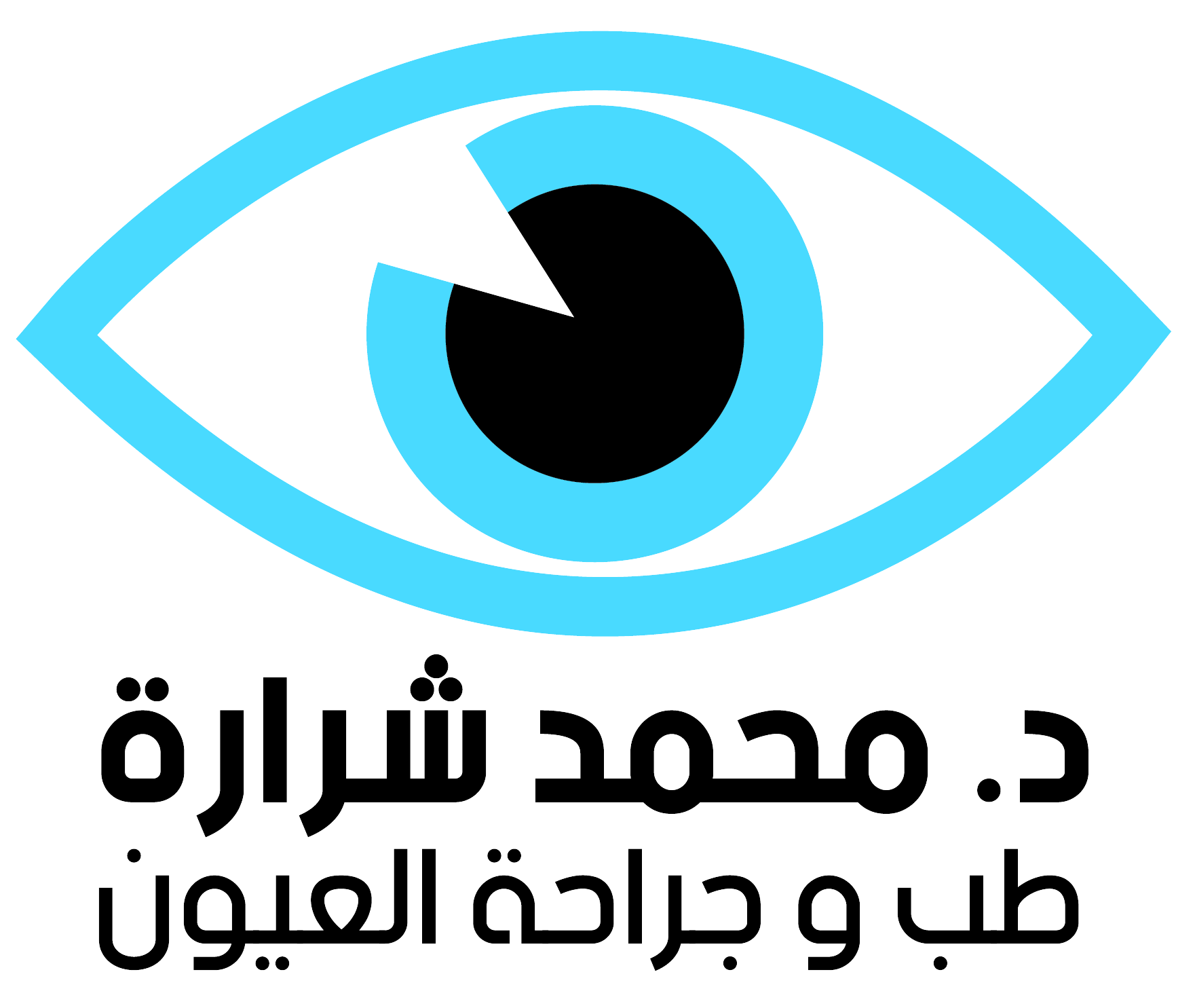
Dr. Mohamed Sharara offers a wide range of ophthalmology and eye surgery services, including lens implants.
What is lens implantation?
Lens implantation is a delicate surgical procedure that aims to improve vision by implanting an artificial lens inside the eye.
There are two main types of lens implants:
Lens implantation for refractive errors:
An artificial lens is implanted inside the eye, either in front of or behind the natural lens, to correct vision errors such as nearsightedness, farsightedness, and astigmatism.
This procedure is an option for people who are not suitable for LASIK or other laser vision correction surgeries.
Lens implantation for cataracts:
The cloudy natural lens is replaced with a clear artificial lens, significantly improving vision.
This procedure is one of the most common and successful eye surgeries.
Steps of the lens implantation procedure:
Anesthesia: The eye is numbed locally using anesthetic drops or injections.
Mini-incision: The surgeon makes a small incision in the cornea or sclera to access the inside of the eye.
Natural Lens Removal (in case of cataracts): The cloudy natural lens is shattered and removed using ultrasound.
Artificial Lens Implantation: A folded artificial lens is inserted through the small incision and secured in place.
Incision Closure: The incision usually closes on its own without the need for stitches.
Types of artificial lenses used:
Monofocal lenses: Provide clear vision at one distance, and the patient usually requires glasses for reading or distance vision.
Multifocal lenses: Provide clear vision at different distances, reducing dependence on glasses.
Toric lenses: Correct astigmatism in addition to nearsightedness or farsightedness.
Candidates for Lens Implantation:
People with cataracts.
People with severe vision defects who are not suitable for other vision correction procedures.
People with thin or dry corneas.
Risks and Complications of Lens Implantation:
Infection.
Bleeding.
Increased intraocular pressure.
Retinal detachment.
Glare or halos around lights.


